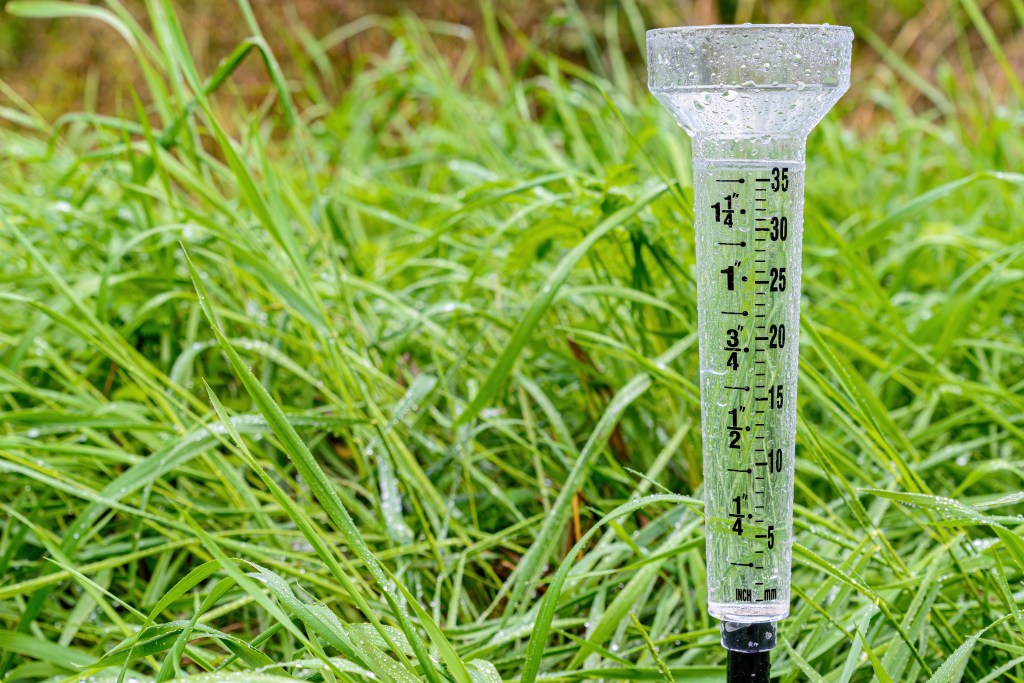How a Rain Gauge Can Improve Your Comprehending of Local Environment Patterns
How a Rain Gauge Can Improve Your Comprehending of Local Environment Patterns
Blog Article
Revealing the Scientific Research Behind Rain Gauges: Exactly How These Devices Play an Essential Duty in Environment Research Study and Ecological Monitoring
Rain determines, apparently straightforward tools, hold an extensive value in the world of climate research and ecological surveillance. As we peel off back the layers of this clinical veil surrounding rain evaluates, we discover a globe where precision, data accuracy, and meticulous observation converge to unveil a much deeper understanding of our changing environment and its impact on the earth.
Significance of Rain Scales
Rainfall gauges play an essential duty in tracking and determining precipitation levels, supplying essential data for environment study and evaluation. These tools are fundamental in quantifying the quantity of rainfall that takes place in a specific location over a certain period. By gauging and gathering rain, rainfall determines deal valuable understandings into the circulation and strength of rainfall, assisting meteorologists, hydrologists, and climatologists in comprehending weather patterns and trends.
Among the crucial reasons that rainfall assesses are vital is their ability to give exact and localized information. Unlike satellite or radar-based dimensions, which offer wider observations, rainfall gauges deal accurate details details to the place where they are positioned. This localized data is vital for different applications, consisting of flood forecasting, dry spell surveillance, and water source management. Furthermore, long-term data accumulated from rain determines helps in assessing environment change effects and patterns, adding substantially to clinical study and decision-making procedures. Basically, rain assesses act as crucial devices in the area of weather forecasting and environmental science, playing a crucial function beforehand our understanding of weather and environment characteristics.
Types of Rainfall Scales

Performance and Procedure
In the realm of environment research and meteorological studies, the performance of rainfall gauges lies in their intricate capability and accurate functional systems. Rain gauges are designed to properly measure the amount of precipitation that tips over a details location throughout a set duration. These devices usually include a funnel that gathers rain and channels it right into a determining tube. The measuring tube is marked with adjusted dimensions that enable the specific metrology of rains.
The capability of rain gauges is based upon the concept of accumulating and determining rainwater in a standardized manner. This accumulated data is important for understanding local climate patterns, tracking long-lasting climate fads, and assessing ecological effects. To make certain exact measurements, rain assesses requirement to be tactically put in open locations far from obstructions such as structures or trees that could hinder the collection procedure.
The functional aspect of rainfall evaluates includes regular upkeep to stop particles build-up, calibration checks to maintain measurement precision, and data tape-recording for analysis (rain gauge). Generally, the performance and operation of rain assesses are vital for gathering trustworthy rainfall information crucial to climate research and ecological tracking
Function in Climate Study
Provided the essential relevance of accurate precipitation dimensions in recognizing weather patterns and environmental effects, the role of rain assesses in climate study is indispensable. Rainfall gauges provide important data for climate research study by evaluating the quantity of rainfall that tips over a details location throughout a given duration. This information is important for keeping track of long-term fads in rainfall patterns, examining the influence of environment change on rainfall distribution, and enhancing environment models.

Climate researchers use information collected from rainfall determines to analyze variations in rainfall degrees, determine local climate patterns, and assess the performance of water source monitoring approaches. By comparing historical rainfall data with existing dimensions, researchers can discover changes in rainfall patterns, such as adjustments in the frequency or intensity of rains occasions. This details is crucial for recognizing just how environment change is go right here influencing precipitation dynamics and can assist policymakers make notified choices regarding adjustment and reduction strategies.
Applications in Environmental Tracking

In flooding forecasting, rainfall gauge data assists to track rains strength and Discover More circulation, allowing authorities to issue timely warnings and take needed actions to minimize flood risks (rain gauge). Drought tracking depends on rain gauge data to analyze dampness levels in the dirt and track precipitation deficiencies, aiding in the recognition of drought-prone areas and the application of dry spell response methods
Additionally, rain scale information plays an essential function in water source administration by providing info on water availability and use trends. Additionally, in agriculture, rain scale data assists farmers in enhancing irrigation schedules, plant selection, and general ranch monitoring practices based on neighborhood precipitation patterns.
Final Thought
To conclude, rain gauges are necessary tools for determining precipitation, giving important information for environment research and ecological monitoring. With various types and performances, rain determines play an important function in recognizing rainfall patterns and their effect on the setting. By properly measuring rainfall, these tools contribute to the advancement of clinical understanding and assistance in making notified choices associated to water resource monitoring and catastrophe readiness.
Rainfall gauges play an indispensable duty in tracking and gauging precipitation degrees, providing crucial information for environment research study and evaluation. The typical rainfall scale, recognized as the "tipping bucket" gauge, is one of the most commonly utilized devices. Ultrasonic rain gauges usage sound waves to find the visibility of rain, offering real-time data on rainfall degrees.Environment researchers make use of information collected from rain determines to assess variations see this here in rainfall levels, recognize regional environment trends, and review the performance of water resource management strategies.In verdict, rainfall evaluates are necessary tools for determining rainfall, providing important information for climate research study and environmental surveillance.
Report this page